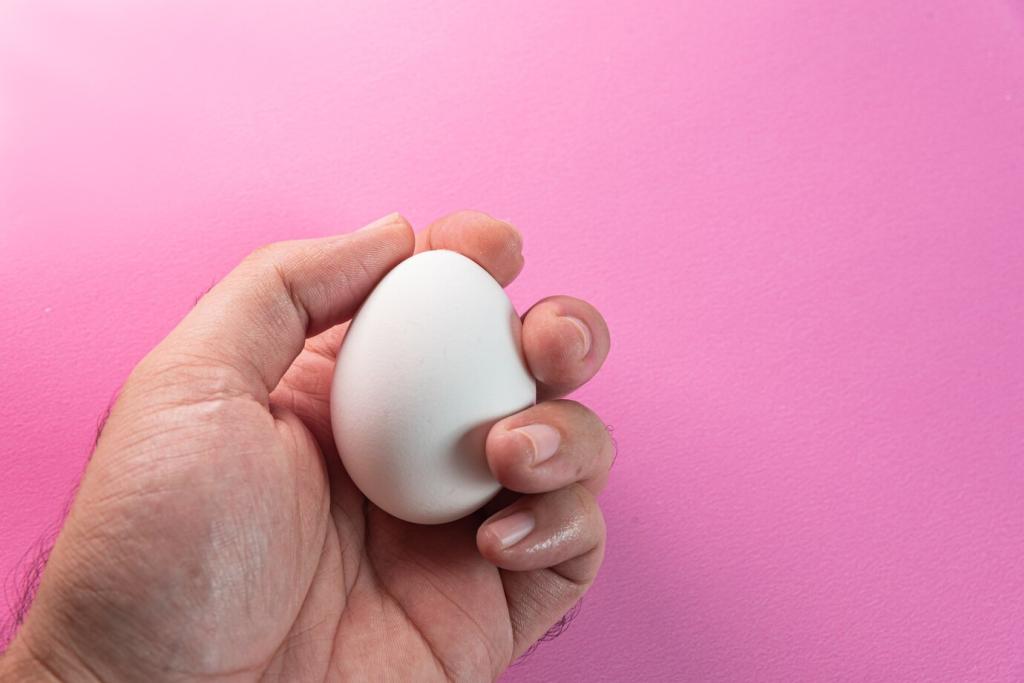Agnes Martin: Lines That Breathe
In series like “On a Clear Day,” Martin’s delicate lines hover between presence and disappearance. Spend a minute counting squares, then stop counting and simply feel. Did the surface soften, or did your breathing change first?
Agnes Martin: Lines That Breathe
A museum attendant once said visitors linger longer with Martin than with any dramatic canvas nearby. The paintings don’t demand attention; they reward patience. Share how long you could stay with a single grid—honestly.



